Music Review: Django Unchained Original Motion Picture Soundtrack
Published on December 21st, 2012 in: Current Faves, Music, Music Reviews, Soundtracks and Scores |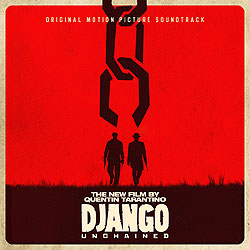
Audiences know by now that the films of Quentin Tarantino will have certain elements in common: protagonists that barely edge out of antihero territory, if at all; bad guys at least as charming as the heroes, but lacking in fundamental compassion; gleefully creative use of extreme profanity, either in dialogue or in philosophy; and of course, extreme, explicit, and shocking violence. Something often overlooked, however, until experienced, is the fact that Tarantino is one of the most gifted compilers of phenomenal soundtracks that has ever lived.
The Vince Guaraldi Trio, A Charlie Brown Christmas
Published on December 13th, 2012 in: Current Faves, Holidays, Music, Music Reviews, Retrovirus, Reviews, Soundtracks and Scores, TV |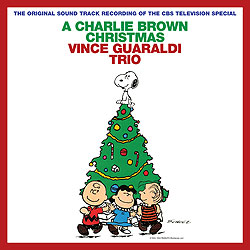
The tinkling piano lines, rolling brushed drums, and sprightly tempos of Vince Guaraldi’s soundtrack to the classic TV special A Charlie Brown Christmas are a welcome sign of the holiday season. Guaraldi’s keyboard treatments of classic Christmas songs like “Greensleeves,” “O Tannenbaum,” and the classic children’s choral arrangement of “Hark! The Herald Angels Sing” give these classics a new sound. Some of his originals, such as “Christmas Time is Here,” portray the loneliness and melancholy of the holiday season though a few minor chords and a contemplative melody. Other new songs, like the bright, upbeat “Linus and Lucy,” sound like the rush of energy you sometimes felt as a kid around the holiday.
Assemblog: November 9, 2012
Published on November 9th, 2012 in: Assemblog, Copyright/Piracy, Horror, Movies, Music, Soundtracks and Scores |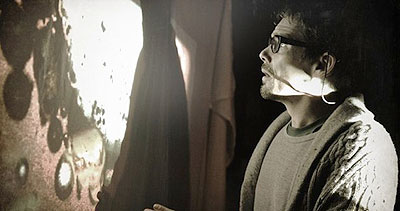
Sinister, 2012
New this week on Popshifter: I give a wrap up of Toronto After Dark; Chelsea reviews The Red Machine, reminisces about ’90s Boston band Tribe, and raves about Sophie Auster’s debut EP The Red Weather; Danny wonders if Creedence Clearwater Revival’s new Ultimate box set will prove they’re the American Beatles; and Julie praises Firewater’s International Orange! as well as their recent concert in Cleveland.
Pan Am: Music From And Inspired By The Original Series
Published on January 17th, 2012 in: Current Faves, Music, Music Reviews, Reviews, Soundtracks and Scores, TV |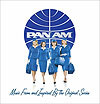
I love a good soundtrack, even for things I’ve not seen. I love the way that carefully chosen songs can convey a feeling and even a look, and that the use of music in a show or movie can make or destroy a moment.
Too Much Perfection Is Not A Mistake: Sound And Landscape In El Topo
Published on December 5th, 2011 in: Blu-Ray, Dancing Ourselves Into The Tomb, DVD/Blu-Ray Reviews, Issues, Movie Reviews, Movies, Soundtracks and Scores, Underground/Cult |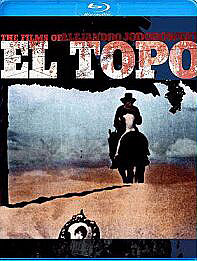
Preface
For those who have never seen an Alejandro Jodorowsky film, describing one seems a daunting task. Furthermore, once you have seen a Jodorowsky film, such descriptions prove to be a poor substitute for the experience itself.
At present, Jodorowsky is 82 years old. With a life full of many artistic accomplishments, a description of them all is beyond the scope of an analysis of his films, but some introduction is needed in the hopes of illuminating how his background has informed his art.
That Beatty Touch: Heaven Can Wait
Published on December 5th, 2011 in: Comedy, Dancing Ourselves Into The Tomb, Issues, Movie Reviews, Movies, Soundtracks and Scores |Although it was released in 1978, Heaven Can Wait was one of my favorite films to watch again and again on HBO in the dawn of the 1980s.
Along with Foul Play, which was released in the same year (and is another fave), it’s a film that’s intended for adults, but which still possesses enough sweetness to appeal to a younger audience.
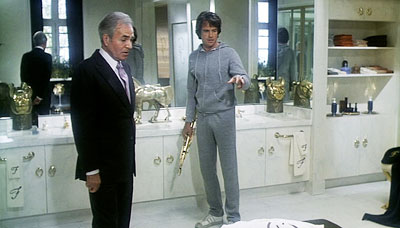
Summer Of Grease
Published on December 5th, 2011 in: Dancing Ourselves Into The Tomb, Issues, Movies, Music, Soundtracks and Scores |By David Speranza

I can’t speak for any adults at the time, but for those of us in our teens when the movie version of Grease hit theaters in 1978, it was more than just the latest in a line of summer-movie blockbusters (a concept that was still fairly new). Imagine, if you dare, two or three Twilight movies condensed into a single summer, with a hit soundtrack by Justin Bieber and Taylor Swift. Grease—with its catchy, inexhaustible pop tunes—represented the crest of the 1950s nostalgia that had been coursing through the decade.
(more…)
Can’t Fight The Fever
Published on December 5th, 2011 in: Dancing Ourselves Into The Tomb, Issues, Movies, Music, Soundtracks and Scores |By David Speranza
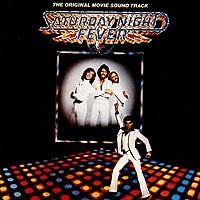
When the movie Saturday Night Fever was released in December of 1977, it became a smash critical and popular success that delivered disco to the masses, John Travolta to movie theaters, and a soundtrack that became the biggest-selling of all time. But in my household, the film’s influence was precisely . . . nil. Considering my family’s strict rock & roll diet, at 13 I didn’t have to be told that a movie about disco was persona non grata. (Say it with me now: “Disco sucks.”) But beyond hewing to the party line, we also thought those high-pitched Bee Gee voices were whiny, nasal, and annoyingly ubiquitous in the months following the film’s release.
And those voices—along with the other Fever songs cramming the airwaves—were everywhere. I don’t remember how many times we’d be driving somewhere when that thumping bass and Gibb-brother whine would suddenly infect the car radio, causing one or the other Woodstock-era parent to reach violently for the tuner with a stream of R-rated invective. I knew the rules: if it had a dance beat, it was shunned—as clear as the laws of physics.
(more…)
Such Dulcet, Horrifying Tones: The Music Of Silent Hill
Published on September 29th, 2011 in: Gaming, Halloween, Horror, Music, Soundtracks and Scores |By Jonathan Barkan
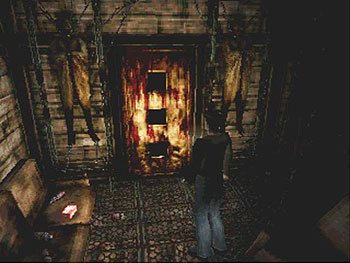
When I was 14 years old, my friend Alex rented Silent Hill, the first of the now infamous Konami series. He invited me over that night, full well knowing that this game would appeal to my horror fanaticism. Little did he know that he was going to ignite a passion for the Silent Hill franchise that has yet to diminish. Also, little did he know that after turning the game off that night, the two of us were so scared that we sat back to back the whole night, steel baseball bats in hand, ready to fend off whatever creatures came our way.
(more…)
Batman: Arkham City—The Album
Published on September 29th, 2011 in: Comics, Gaming, Halloween, Horror, Music, Music Reviews, Reviews, Soundtracks and Scores |By Paul Casey
Arkham City is the sequel to 2009’s Arkham Asylum, the very surprising critical and commercial success from Rocksteady Studios. This soundtrack of “interpretations of the stories surrounding Batman” features a set of Indie Rock Heads doing songs that are in no real sense representative of 1) why Arkham City has a shot at game of the year or 2) why Batman is such an enduring character. As a collection of low-grade Indie Rock, it is mostly intolerable.
(more…)